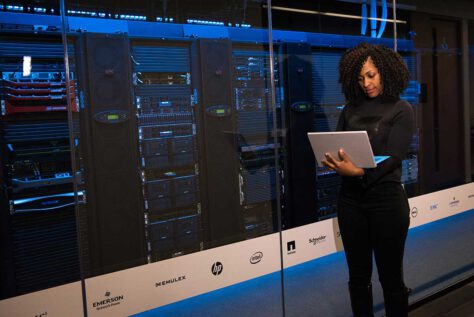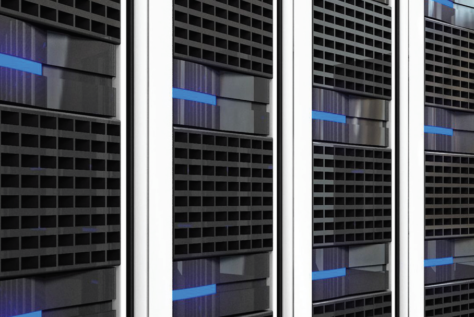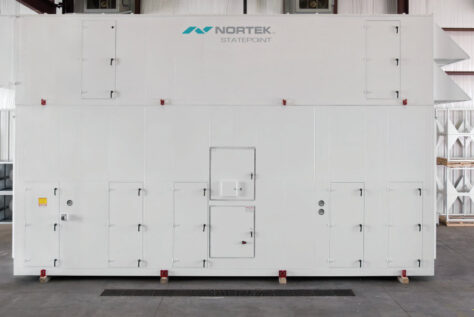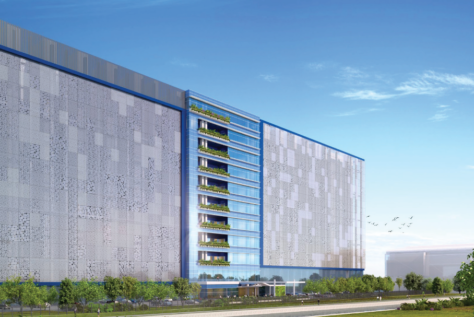Welcome to our 23rd Data Center Executive Roundtable, a quarterly feature showcasing the insights of thought leaders on the state of the data center industry, and where it is headed.
Our Second Quarter 2021 roundtable offers insights on four topics: rack density trends and cooling strategies, the outlook for data center staffing, enterprise data center demand and options, and the state of edge computing.
The conversation is moderated by Rich Miller, the founder and editor of Data Center Frontier. Each day this week we will present a Q&A with these executives on one of our key topics. We begin with a look at our panel’s take on trends in data center rack density and cooling.
Data Center Frontier: What is the current state of data center rack density, and what lies ahead for cooling as more users put artificial intelligence to work in their applications?
Kevin Facinelli, Nortek: Rack density is undoubtedly increasing due to artificial intelligence and other emerging applications. However, it’s difficult to predict how much cooling future heat loads will require. The best strategy to employ now is future-proofing a data center facility and ensuring there’s flexibility to adapt the cooling infrastructure to any anticipated heat loads.
Water-based cooling has a brighter future than air cooling because its a more energy-efficient and effective heat transfer method. Furthermore, chilled water systems are probably best known for supplying fan coil walls, but they can also bring cooling directly to a rack via rear door heat exchangers and cold plate chip cooling. Today, many applications don’t require cooling at the rack, but it’s a huge advantage to have the water-based cooling infrastructure already in place to inexpensively bring chilled water directly to expanded racks.
One strategy for increased rack density heat loads is the cooling distribution unit (CDU). The capital cost of CDUs discourages some operators to use them, but now there are alternatives. Instead, rear door heat exchangers, cold plate chip cooling and other less expensive methods are more cost-effective alternatives. That’s where future-proofing pays dividends. Instead of expanding a traditional cooling infrastructure that wasn’t designed for scalability, there are cutting-edge cooling plants available today that are flexible and designed for scalability. That’s the best strategy for approaching future rack density heat loads.







